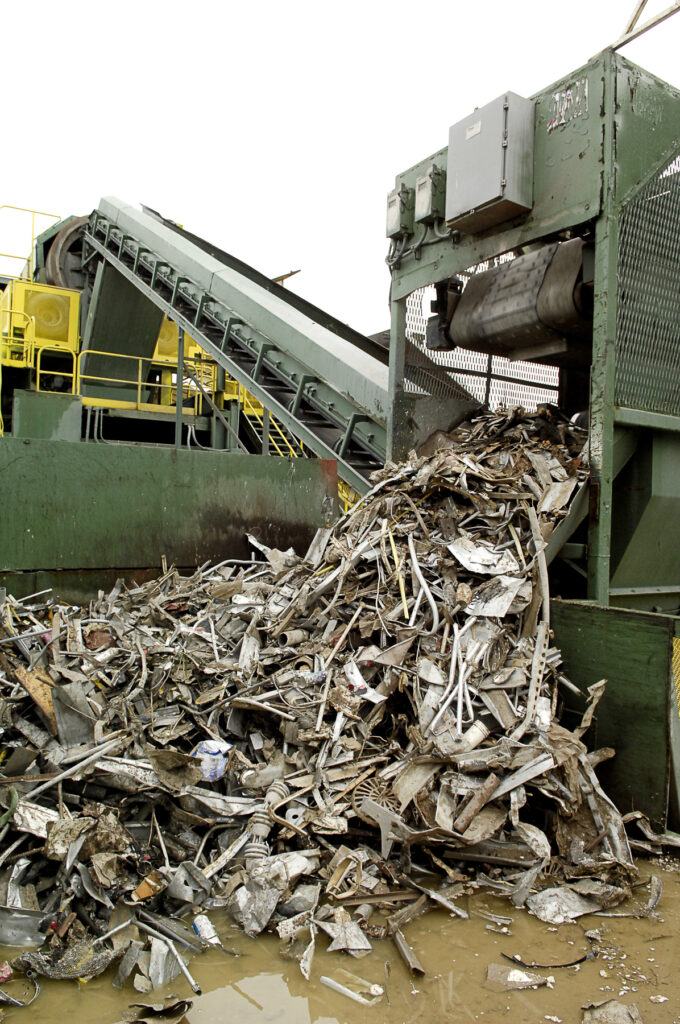One of the top trends we can expect to see carry over from 2023 into this new year is a continued focus on sustainability. While metal buildings have already been known for their environmentally friendly features, including recyclability and energy efficiency, last year saw a greater emphasis on sustainable design, including the use of sustainable materials and the implementation of sustainable practices during the construction process.

According to Alan Scott, FAIA, LEED Fellow, LEED AP BD+C, O+M, WELL AP, CEM, architect, consultant, and Director of Sustainability with Intertek Building Science Solutions, “While there is still significant work to do to reduce the operational carbon emissions of existing buildings and to design new buildings for net zero carbon, the necessity of reducing embodied carbon over the life cycle of building materials is now a parallel goal.” He suggests the industry now focuses on working toward a circular economy, or circularity, for embodied carbon reduction in buildings.
What is Circularity in Metal Construction?
Scott explains, “Circularity means abandoning the traditional cradle-to-grave or downcycling (successive recycling into lower value materials) approach, into one in which disassembly, reuse, or closed-loop recycling are the norm rather than the exception.” Instead of a “take-make-waste” approach to materials, circularity needs to begin at the design level.
Circular construction involves designing, constructing, and maintaining buildings with the goal of minimizing waste and maximizing the lifespan of materials. In the context of metal construction, circularity becomes a crucial element in the pursuit of a more sustainable and environmentally friendly industry.
Importance of Metal Construction Circularity
Why is circularity important? Reasons include resource conservation, waste reduction, energy efficiency, and long-term economic benefits. The metal building industry provides an example for the transformative potential of circularity. “In efforts to reduce embodied carbon and other environmental impacts, metal carries both burden and advantage,” Scott says. While traditional manufacturing of metal construction materials is carbon intensive, these materials are also very durable, making resilient, long-lasting buildings which are also easily recycled into like materials.
Metal building lends itself to design for longevity due to its durability. The properties of metal building components can also support efficiently designed structures. While steel and aluminum are currently very carbon intensive, an increased focus on circularity could accelerate adoption of renewable energy use in production and improvements in material recovery systems to maximize recycled content and minimize to need for virgin ores. Achieving circularity with non-structural building elements is also critical to reducing the lifetime embodied carbon and environmental impacts of buildings.
How Do We Achieve Circularity in Metal Construction?

The expanding adoption of “buy clean” mandates by governments and the growing focus of architects and contractors on embodied carbon will give manufacturers who adopt circularity a competitive advantage. Incentives, such as those included in the Inflation Reduction Act, include $350 million allocated to assist key areas of the building industry (manufacturers, real estate developers, institutional procurement officials, and contractors) to measure, report, and most importantly reduce the greenhouse gas emissions tied to the production, use, and disposal of building materials.
Steps the industry can take to achieve circularity include:
Design for Disassembly: Incorporate design principles that facilitate easy disassembly and separation of materials at the end of a structure’s life, enabling efficient recycling and reusing of metal components.
Material Selection: Choose metals with a high recycling potential and a low environmental impact, ensuring that materials used in construction can be effectively repurposed or recycled.
Implement Recycling Systems: Collaboration with recycling facilities is crucial in creating a closed-loop system. Establish and promote systems for collecting, sorting, and recycling metal waste generated during construction and demolition processes.
Lifecycle Management: Implement strategies for monitoring and maintaining metal structures to extend their lifespan. Regular inspections, maintenance, and refurbishment can significantly contribute to the longevity of metal constructions.
Educate and Collaborate: Raise awareness within the construction industry about the benefits of circularity in metal construction. Foster collaboration between stakeholders, including architects, builders, manufacturers, and policymakers, to create a unified approach towards sustainable practices.
To elevate the importance of this approach and engage the building industry, Arup, a global sustainable development firm, introduced the Circular Buildings Toolkit, in collaboration with the Ellen MacArthur Foundation. The toolkit provides 10 overarching strategies for creating circular buildings and building materials, falling into four hierarchical principles, providing a useful guideline for architects, contractors, and product manufacturers.
Scott suggests, “The solution to creating a circular economy for building materials will require three primary initiatives that must co-evolve to completely close the loop: material science innovation, recovery logistics and designing for deconstruction.”
Embracing circularity in metal construction is not just a responsibility but an opportunity to redefine the industry’s impact on the environment. By taking intentional steps towards designing, constructing, and managing metal structures with circular principles, the construction industry can play a pivotal role in creating a more sustainable and resilient future. Building owners and developers, architects, engineers, contractors and material manufacturers all have a role to play in closing the loop in our built environment.
Learn More with METALCON
Broaden your understanding of sustainability initiatives within the metal construction industry by engaging with METALCON. Join us this October in Atlanta, Georgia, to participate in educational sessions offered by key industry thought leaders at the various learning centers conveniently located on the show floor. Alternatively, explore webinars available in our Sustainability and Efficiency ON DEMAND library.
Resources:
Closing the Loop, Metal Architecture, by Alan Scott
Circularity, Metal Architecture, by Alan Scott
